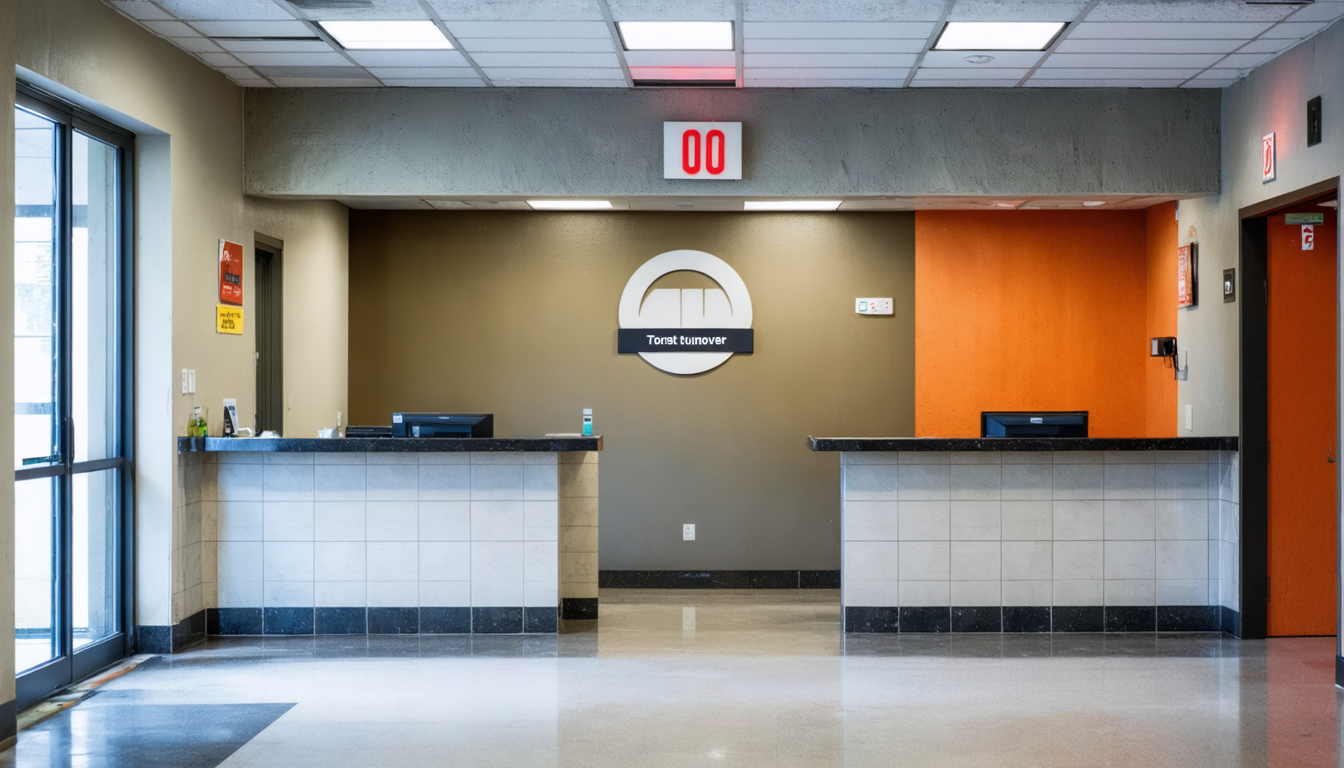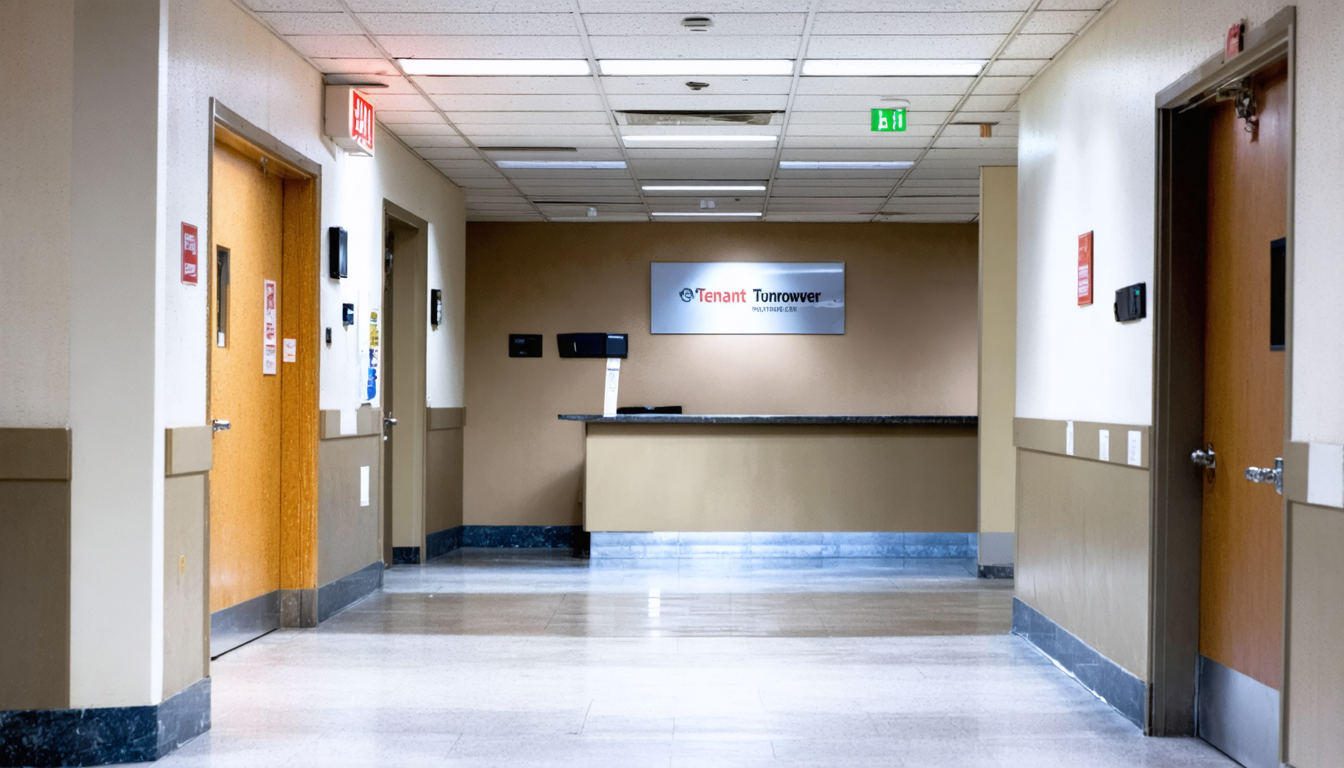- Overview of Tenant Turnover Effects
- Understanding Occupancy Rates in Apartment Buildings
- How Tenant Turnover Influences Insurance Risk
- The Role of Occupancy in Determining Premium Costs
- Financial Implications of Frequent Tenant Changes
- Strategies for Reducing Turnover and Managing Risk
- How Insurers Assess Occupancy-Related Risks
- Comparative Analysis: High vs. Low Turnover Scenarios
- Case Studies: Impact on Insurance Premiums in Practice
- Future Trends: Tenant Behaviors and Insurance Adjustments
- Conclusion
1. Overview of Tenant Turnover Effects
Tenant turnover is a common challenge in apartment building management. Every move-in and move-out event creates changes that affect not just the building’s atmosphere but also its financial aspects. High turnover often means more wear and tear on common areas, frequent maintenance requirements, and higher administrative costs.
These factors can signal risk to insurers who may adjust premiums to cover the increased likelihood of incidents and financial instability. When tenants change frequently, building management must work harder to maintain safety standards and ensure that repairs are done promptly—a situation that insurance underwriters take seriously.

2. Understanding Occupancy Rates in Apartment Buildings
Occupancy rates serve as a key metric for assessing the overall health of an apartment building. A high occupancy rate indicates efficient property management and strong market demand.
In contrast, low occupancy rates may reflect issues such as poor management practices, unattractive amenities, or location disadvantages. Insurers monitor these rates closely. High occupancy means consistent usage of property systems and active engagement with building protocols.
Low occupancy can present hidden risks like vandalism or unattended maintenance problems. Thus, reliable occupancy data helps insurers estimate the risk profile more accurately and, in turn, determine suitable premium levels.
3. How Tenant Turnover Influences Insurance Risk
Frequent tenant turnover can influence insurance risk in several ways. Every time a resident leaves a property, there is potential for unsupervised maintenance, which could lead to damage or delayed reporting of issues.
New tenants may not be familiar with safety protocols or may engage in risky behavior, creating extra claims potential for property damage or liability incidents. For example, if a building experiences a spike in short-term tenants, an increased likelihood of disputes, security breaches, or accidents may arise.
Insurers may factor these elements into their calculations, often resulting in higher premiums for buildings with a history of high tenant turnover.

4. The Role of Occupancy in Determining Premium Costs
If occupancy rates remain high, it is an indication that a property is well-managed. Such a building is less likely to see issues escalate into insurance claims. Lower occupancy, however, can be a sign of neglect or underlying operational concerns.
Underutilized buildings might attract misconduct and may not receive timely maintenance—a combination that poses significant risks. Insurance companies evaluate these factors by reviewing occupancy percentages and related maintenance schedules.
If actual occupancy rates fall below industry benchmarks, insurers could interpret this as a higher risk situation, potentially leading to an increase in premium costs to cover any future claims.
5. Financial Implications of Frequent Tenant Changes
Frequent flips in tenancy can place unexpected financial pressure on property owners. Each turnover comes with costs such as cleaning, repairs, and even lost rental income during vacancy periods. Additionally, a rapid cycle in tenant occupancy may lead to inconsistent cash flows.
From an insurance perspective, unpredictable cash flows can hinder a property’s ability to fund timely repairs or invest in upgrades needed to avoid hazardous conditions. Insurers may consider these financial implications when setting premiums.
In some cases, premium adjustments might be made to account for the increased likelihood of issues that reflect a property’s unstable income and maintenance budget.

6. Strategies for Reducing Turnover and Managing Risk
Property managers and building owners can implement several effective strategies to reduce tenant turnover. Offering competitive rental rates and incentives for lease renewals can help create a stable tenant base.
Additionally, timely maintenance and improving shared facilities contribute to resident satisfaction. Clear communication channels and prompt conflict resolution mechanisms provide a sense of security and community that can discourage tenants from leaving. Increasing security measures, such as surveillance cameras and improved lighting, further mitigate risk.
By proactively managing the factors associated with frequent tenant turnover, building owners not only create a safer environment but also signal stability to insurance underwriters, which may help keep premiums lower.
7. How Insurers Assess Occupancy-Related Risks
Insurance companies analyze a variety of data points when evaluating risks related to occupancy levels. They assess historical records of occupancy, any fluctuations that occurred over time, and ties to increased maintenance issues or claims frequency.
Insurers also look at the type of leases—the difference between short-term and long-term leases can be a significant indicator of potential risk. For instance, long-term leases tend to mean a stable environment with longer occupancy periods, reducing risk and, in many cases, leading to lower premiums.
Insurers might also use industry benchmarks and comparative market analysis to determine if a property’s occupancy rates are within an acceptable range. These assessments contribute to the overall risk profile and directly influence the pricing structure of insurance premiums.
8. Comparative Analysis: High vs. Low Turnover Scenarios
A comparative look at high versus low tenant turnover scenarios reveals marked differences in risk and cost. In a high turnover scenario, property owners may encounter repeated periods of vacancy, increased property damage from transient behavior, and the hassle of frequently updating tenant information.
These conditions often lead to a higher number of claims, larger repair costs, and a complex risk environment financially and operationally. On the other hand, low turnover generally indicates a stable tenant community that adheres to lease terms, supports maintenance initiatives, and takes better care of the building.
From an insurer’s perspective, low turnover equals reliability and predictability, often resulting in lower premiums. This analysis underscores why consistent property management practices can have a profound impact on insurance costs over time.
9. Case Studies: Impact on Insurance Premiums in Practice
Recent case studies highlight how tenant turnover and occupancy rates directly affected insurance premiums in multiple markets. One case study of an urban apartment complex with a 35% annual tenant turnover rate showed that rising maintenance claims and security incidents paralleled increased premium costs.
In contrast, a suburban property with minimal tenant turnover enjoyed fewer claims and more stable insurance rates. Both case studies demonstrated that proactive risk management and robust tenant retention strategies made a tangible difference.
These real-life examples have encouraged other property managers to invest in tenant outreach programs and improved maintenance tracking systems. This shift in practices not only enhances resident satisfaction but also becomes a positive indicator for insurers evaluating risk factors.

10. Future Trends: Tenant Behaviors and Insurance Adjustments
Looking ahead, tenant behavior patterns and the evolving landscape of property management hint at continued changes in insurance underwriting. Advances in technology are making it easier for property owners to monitor occupancy and maintenance in real time.
Future trends suggest an increased use of smart sensors and data analytics tools, which can alert management to issues before they become serious claims. Additionally, a greater understanding of tenant behavior—boosted by surveys and predictive analytics—will allow insurers to fine-tune their risk assessments.
As tenant expectations evolve toward higher quality amenities and more responsive management, buildings that keep pace may benefit from lower risk profiles. In turn, insurers will likely offer adjusted premium rates that more accurately reflect the level of proactive management in place.
11. Conclusion
In conclusion, understanding the impact of tenant turnover and occupancy rates is crucial for both property owners and insurers. Tenant turnover affects everything from the physical state of the property to its financial stability, and these elements directly influence insurance risk assessments.
High occupancy rates, when maintained through effective management, can offer a measure of stability that lowers overall risk and leads to more favorable insurance premium costs. Conversely, frequent tenant changes can lead to a cascade of challenges—from increased maintenance requirements to higher claims frequency—that drive up insurance premiums.
Property owners should adopt strategies that encourage tenant retention, such as competitive leasing practices, consistent maintenance, and robust community-building efforts. By doing so, not only do they create a more enjoyable environment for residents, but they also build a track record of stability and risk management that insurers recognize.
Furthermore, future trends in property management technology and data analytics are set to offer both owners and insurers new ways to manage risks associated with occupancy and tenant turnover. In a market where both rental property management and insurance underwriting are closely tied to operational stability, staying informed and adapting to changes becomes essential.
Owners who address tenant behavior, monitor occupancy closely, and invest in proactive maintenance can enjoy lower insurance premiums. At the same time, insurers are becoming more nuanced in their approach, adjusting premiums to reflect the realities of modern property management practices.
By marrying smart management strategies with technological advancements, both property owners and insurers can navigate the challenges of tenant turnover and occupancy. The mutual goal remains clear: create safe, well-managed properties that offer security and value for residents, while maintaining an accepted level of risk that benefits all parties involved.
